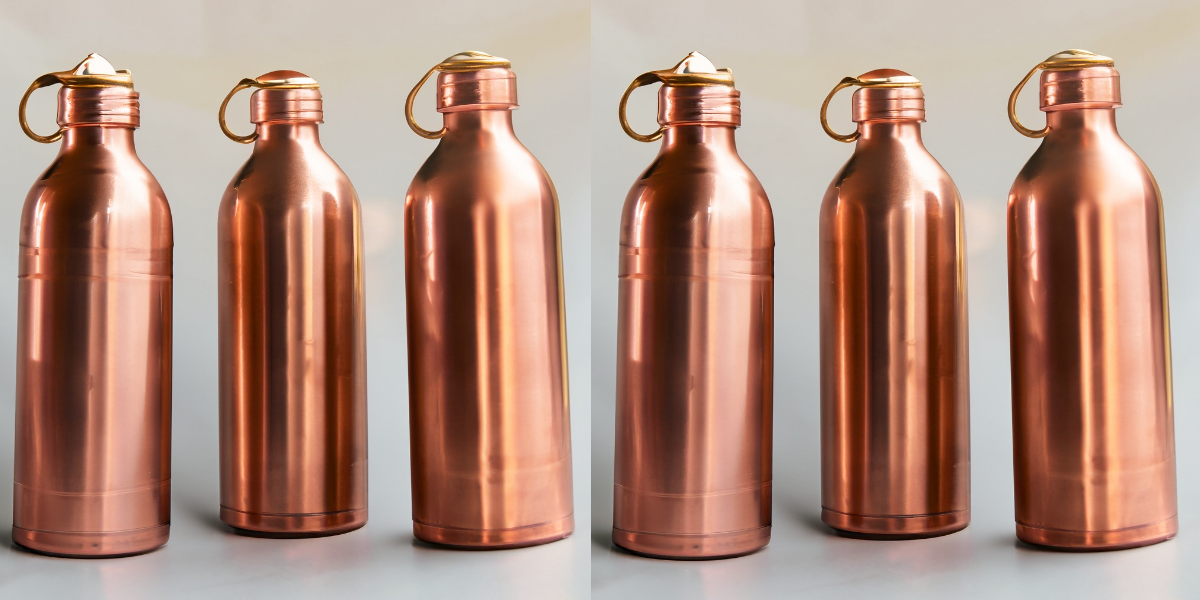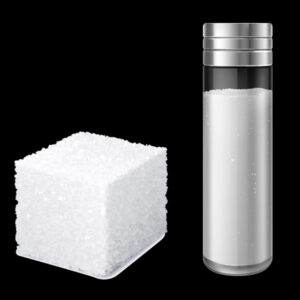
Copper Vessels – Should I store drinking water in them?
nathaniclinic1
June 28, 2023

Copper vessels have been used to store drinking water for millennia. Copper is an essential mineral that the body needs to carry out its day-to-day activities. It helps your body make energy, forms connective tissues and maintains a healthy immune system. Copper is also involved in brain development and the production of red blood cells that carry oxygen from the lungs to the tissues that can’t survive without oxygen. Copper helps synthesize melanin, the pigment responsible for one’s hair, skin, and eye color.
We get our daily dose of copper from the foods that we eat and from the water that we drink. Dietary supplements and water stored in copper vessels or passing through copper pipes add to the copper supply in our daily life.
How much Copper do we need daily?
The recommended dietary allowance for copper varies with age from 200 micrograms per day for the infant to almost 1000 micrograms per day for the adult. Pregnant women need about 10% higher amounts, and lactating mothers need almost 40% extra to care for their nursing baby requirements.
I must remind everybody that a million micrograms make just one gram. So while copper is vital and essential for a healthy existence, we need very little of it daily. and any excess is associated with symptoms of poisoning, which manifest as nausea, vomiting, abdominal pain, and cramps.
Historical aspects of storing water in copper vessels
Since ancient times, the Egyptians, the Greeks, and Indians have used copper vessels to store water. The biggest benefit of storing water in copper vessels was that the leached copper acted as an excellent antibacterial, keeping the water and stored food safer for human consumption. This was when safely safe drinking water and food preservation techniques were either nonexistent or primitive, and illnesses and deaths due to diarrheal diseases and food poisoning were pretty common.
Ayurveda recommends storing and drinking water from copper vessels or bottles. Water stored in a copper vessel is known as ‘ताम्र जल’ or Copper water.
What happens when we store water in copper vessels?
The copper reacts to the water and leaches into the water. We drink this water, and hey, presto! we got our fix of copper!
The amount of copper that leaches depends upon:
- How long the water has remained in the vessel.
- The condition of the vessel in which the water is stored.
Water can generally be safely stored in a copper vessel for up to 12 hours. At 12 hours, the copper concentration is around 300 micrograms in one liter of water. Anything longer than this results in a buildup of copper, even to toxic levels.
Rich Sources of natural copper in Everyday Diet
| Vegetarian | Non Vegetarian |
| Nuts and seeds, such as almonds, cashews, sesame seeds, and sunflower seeds | Organ meats, such as liver and kidneys |
| Avocados, Pineapples, Guavas, Kiwifruit | Oysters |
| Beans and lentils – chickpeas, lentils, kidney beans, millets | Shellfish, such as crab and lobster |
| Dark Chocolate | Salmon, sardines, shrimp, tuna, |
| Mushrooms, Firm Tofu, soy products | |
| Sweet Potatoes, Spinach, Baked Potatoes |
If you can incorporate these foods into your child’s diet or your own, you are well on the way to copper sufficiency. You will not need any additional copper. In fact, it may actually be harmful to your child and you. If, however, your child has nutritional deficiencies either due to the intake of poor diet or some medical condition that increases the copper requirements like celiac disease or your child has been put on high dose zinc supplementation, or we have a pregnant lady or a nursing mother where the increased requirements cannot be met, you can certainly take more copper by storing water in a copper vessel.
Copper vessels and drinking water storage – Precautions to be taken
- Buy Copper vessels only from reputable manufacturers of excellent quality and genuinely made of 99% copper.
- Keep these vessels for storing water for drinking purposes, and do not add any other liquids.
- Do not store water in them for more than 12 hours.
- Ideally, do not drink water out of it then for more than twice or thrice.
- Remember to clean the vessel daily. Copper vessels can be cleaned with baking soda and lime or baking soda and vinegar. Mix these together to form a paste and use it to scrub the insides and the outside of the vessel. Another alternative is using tamarind paste. The more readily available products in the market are ‘पिताम्बरी’ powder, which helps clean and reduce vessel tarnishing.
This article has been written by Dr. Ankita Bhandari & Dr. Rajesh Nathani
Our Consulting Specialities
Recent Posts


Subscribe Our Newsletter
The premier children’s clinic and general vaccination center in Chembur, Mumbai
Make an Appointment
- 8 AM - 8 PM , Monday - Saturday
Call Us Today
9987084813
Online Doctor Consultation Nathani Clinic
Copyright © 2024. All rights reserved.


